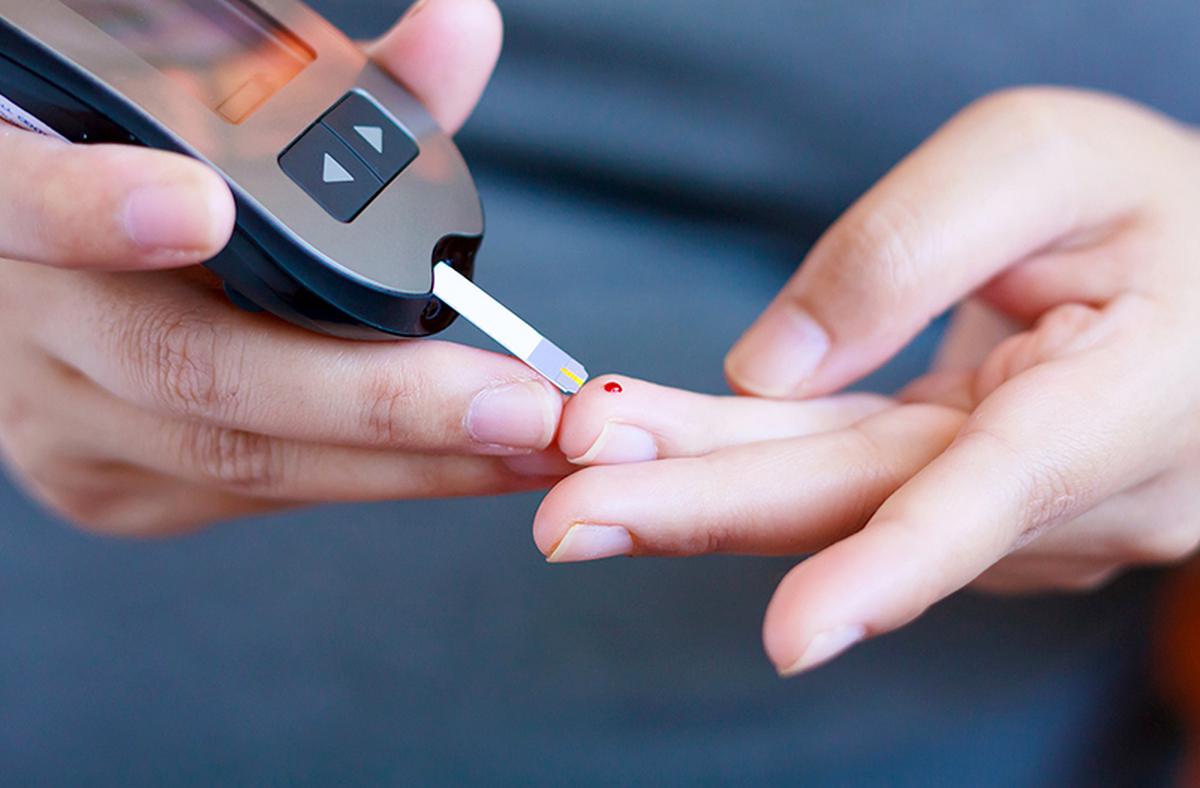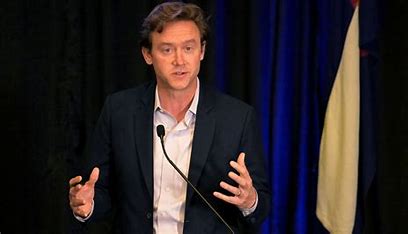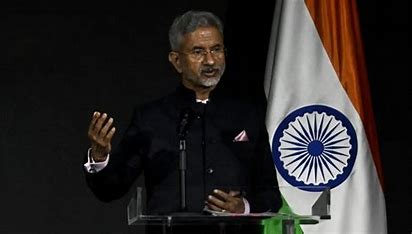
The silently growing epidemic of NCDs in India
According to the World Health Organization (WHO), approximately 1 in 4 Indians are at risk of experiencing serious health impacts from a non-communicable disease (NCD) before the age of 70, with over 5.8 million NCD-related deaths reported in India each year. About 2/3rds of the deaths in the nation are attributable to NCDs, which include cardiovascular diseases, cancers, and chronic respiratory diseases. These diseases are becoming a significant concern across various socio-economic groups and regions. Lifestyle factors such as increasing fast food consumption, demanding work schedules, sedentary habits, are contributing to the rise in NCDs.
Recent studies in The Lancet highlight the public health challenge India faces, with 315 million individuals affected by hypertension, 101 million by diabetes, and 136 million with pre-diabetes. These NCDs contribute to 65% of deaths and 40% of hospitalizations in India.
The Government is Increasing Access to screening and diagnosis
1 in 3 adults in India are said to have hypertension. In response, the government has initiated several measures to combat the growing burden of hypertension and other NCDs. The Union Health Ministry in 2023 announced the ambitious “75/25” initiative, aiming to bring 75 million people with hypertension and diabetes under standard care by 2025 through Primary Health Centres (PHCs). This effort has been lauded internationally for its bold scale and scope and comprehensive approach. India has crossed a significant milestone in its journey towards Universal Health Coverage by operationalizing 1,50,000 Ayushman Bharat Health and Wellness Centres (AB-HWCs). These centers, which play a crucial role in the comprehensive primary health care approach, are estimated to have screened over 86.90 crore individuals for non-communicable diseases, facilitated more than 8.5 crore teleconsultations, and conducted over 1.60 crore wellness sessions. This achievement marks a major step forward in providing accessible and comprehensive healthcare to the population. Cancer prevention has also been highlighted under the Ayushman Bharat Comprehensive Primary Health Care scheme, which promotes wellness activities and targeted community-level communication. The government’s Pradhan Mantri Jan Arogya Yojana (PM-JAY) offers substantial health insurance coverage, ensuring that over 600 million beneficiaries receive financial support for secondary and tertiary care hospitalization.
Importance of screening programs
Early detection of non-communicable diseases (NCDs) improves treatment outcomes, prevents disease progression, and reduces medical expenses. Screening helps identify risk factors, such as blood pressure and cholesterol, and can prevent complications like amputations and strokes. Additionally, it raises health awareness, empowers individuals to manage their health, and informs public health policies and resource allocation.
Screening and early detection it is clear do save lives. The sooner you know you are diabetic or pre-diabetic; you can seek treatment and lifestyle modification to better control the disease. Diabetes is a progressive disease and uncontrolled blood sugar levels for long periods of time can lead to very serious complications such as heart disease, stroke, kidney disease, foot amputations and blindness. So, halting the progression of the disease with every means at our disposal is a must – careful diagnosis, regular blood sugar monitoring, compliance with the prescribed medicines and lifestyle change are all critical.
Prevention is a Smart Solution
But screening alone is not enough. Prevention through lifestyle change is absolutely needed. We know that 80% of type 2 diabetes and 80% of heart disease and 40% of cancers can be prevented with 3 lifestyle changes – one must eat right, increase physical activity and avoid tobacco. NCDs are not inevitable. They are preventable. More must be done by the government to implement sweeping public awareness campaigns and educational programs to promote healthy lifestyles. Collaborations with international organizations, NGOs, and community groups are also essential to these efforts, ensuring a multi-sectoral approach to addressing the growing burden of NCDs in India.
While access to screening and services is crucial in addressing the increasing burden of NCDs, there must be a comprehensive focus on lifestyle change education. By integrating lifestyle changes early on with regular screenings and sustained education, we can address the root causes of these diseases and improve public health outcomes. Educating people about healthy lifestyle choices, including proper nutrition and regular physical activity, supporting individuals to adopt and maintain healthy behaviors, and continuously providing information about the risks and consequences of NCDs are essential measures that should be adopted more regularly.
Shaping the future of NCD prevention and control through technology
Technology, particularly mobile phones and the internet, plays a crucial role in spreading awareness and educating the public about non-communicable diseases (NCDs) in India. There are more than a billion cell phones in use in India therefore mobile health (mHealth) initiatives are a powerful public health tool. They are pivotal in reaching a broad audience with essential health information. Programs utilizing mobile phones send text messages in local languages, provide guidance on NCD prevention, remind people about healthy eating, nudge them on ways to increase physical activity in subtle ways, and persuade people to go get regular health check-ups. This ensures that vital health information reaches individuals in even the most remote and underserved areas, making healthcare more accessible.
Let me come now to a key point. The government has built an incredible tech platform to capture the electronic health records of hundreds of millions of people especially all those visiting the primary health centers, this was set up to aid annual screenings and is indeed truly laudable. But it would be such a smart use of existing infrastructure if we could keep all these people engaged on their own health journeys by sending them text messages and nudges on healthy living between annual screenings. NGOs like Arogya World have proven mDiabetes programs (a six month series of twice-a-week what’s app messages that people are forced to confront every time they look at their phones on a daily basis, that have been shown to elicit 20% improvement in multiple health behaviors) for diabetes patients and healthy people and are eager to partner with all stakeholders to reach the proven content to millions more.
The internet serves as another powerful tool for educating the public about NCDs. Websites dedicated to health provide comprehensive resources, including educational materials, success stories, and updates on various health initiatives. Social media platforms amplify these efforts by running targeted campaigns that engage diverse demographic groups. These campaigns inform the public about the risks of NCDs and steps to mitigate them, fostering a deeper connection and understanding among the audience.
India’s future is bright on the global economic landscape. Let’s ensure that it stays bright by improving the health of the young people who fuel that growth, by keeping the healthy, healthy, and preventing diabetes, and building a healthy living movement throughout the country.
Dr. Nalini Saligram is the Founder & CEO of Arogya World .















